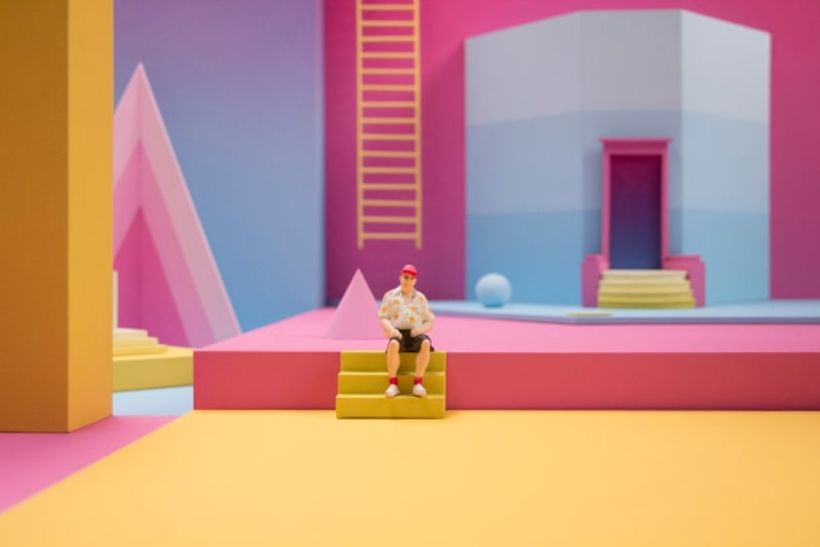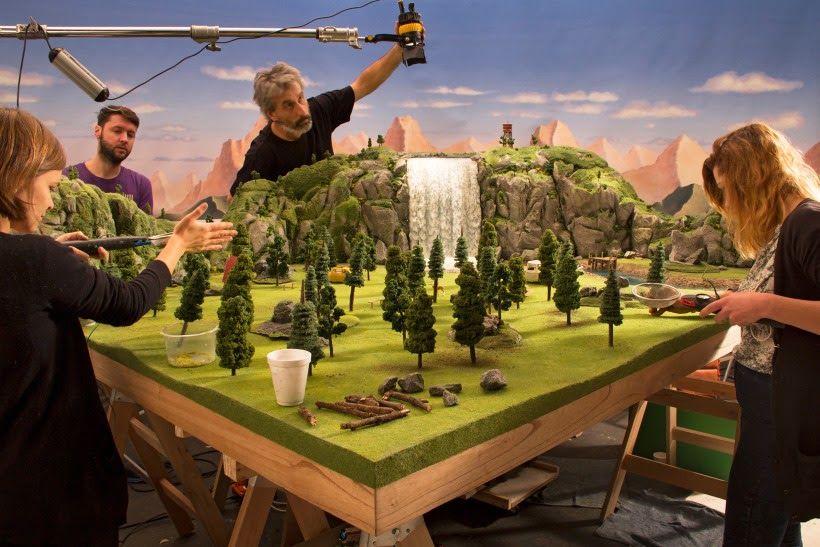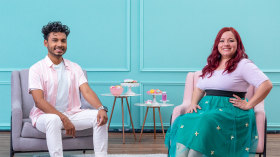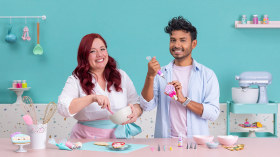@harry_davies
Materials for Building Scale Models
Find out what materials are necessary to start building your own models with Julieta La Valle
Whether it’s for an audiovisual project or an architectural one, models are one of the best ways to visualize a space. By reproducing an idea in three dimensions, even on a small scale, we can give form to our imagination and better understand the textures, proportions, and other elements of our concept.
Sculptor, director, and art director Julieta La Valle (@julietalavalle) specializes in making miniature models for video and art projects. Below, she lists the materials you will need to make your own models.

Basic materials
- Cutter: for cutting the majority of your materials
- Precision craft knife: similar to a cutter but used on smaller articles that require greater precision
- Scissors: to cut fabric when necessary, so ensure they are good with this material

- Scale: as the name suggests, to measure scales. It’s important for making any kind of model
- Metal ruler: helpful when cutting materials. A plastic one can work, but Julieta recommends using metal
- Tape measure: if you want to represent elements from your environment, a tape measure will help you measure them and proportion them according to your model
- Rubber and pencil: to draw plans

- Contact glue, also known as shoe glue: can come in tubes or cans (in this case, it is applied with spatulas). It used to glue fabric, wood laminates, polyurethane foam, etc.
- Superglue: transparent, glues various surfaces. It doesn’t dissolve with water and generally dries in under five minutes
- Cyanoacrylate (known as Super Bonder): used to glue small elements such as rods, furniture, etc. Be careful with your fingers when handling it, as it is difficult to remove
- Spray glue: almost the same as contact glue, but in spray form, making it more practical on some occasions

- Duct tape and double-sided tape
- Epoxy resin: comes with two components that, after mixing, are used for modeling. Drying time varies from ten minutes to one hour
- Primer: special paint for surface preparation which allows the final coat to dry better
- Acrylic or latex paint: you can even mix the two types
- Paint roller: a high-density foam roller is best
- Wood paint: will be diluted in turpentine to achieve different shades
- Colored pencils: mainly shades of green and yellow, for the tones of the leaves of the plants

For the structure
- PVC foam: works to build almost all the elements. It is found in thicknesses ranging from 1 to 5 millimeters. It can be replaced with grey cardboard
- Wooden sheets: there are both natural and pre-composed and recomposed sheets, modified by different processes
- MDF: a very rigid material, very useful if you choose to cut it by laser
- Colored cardboard: useful as base for trees and plants
- Polycarbonate: for glass. You can also use acrylic, PET or another transparent material

- Sandpaper: choose between different weights, from the hardest to the softest. The higher the number, the thinner it will be
- Rods: for fixing. Sizes vary according to the project
- Fabric: you can choose the ones that suit you best. We will use it mainly for furniture and accessories
Now that you know the materials, how about getting to work? Sign up for Juliet's course Techniques to Create Scale Models and learn how to build your own miniature space.
You may also like:
- What Is Matte Painting for Cinema?
- How Social Changes Influence Spaces
- What Is a Rigger? Discover the Professionals Behind SFX







1 Kommentar
julietalavalle
Lehrkraft PlusThanks for sharing!